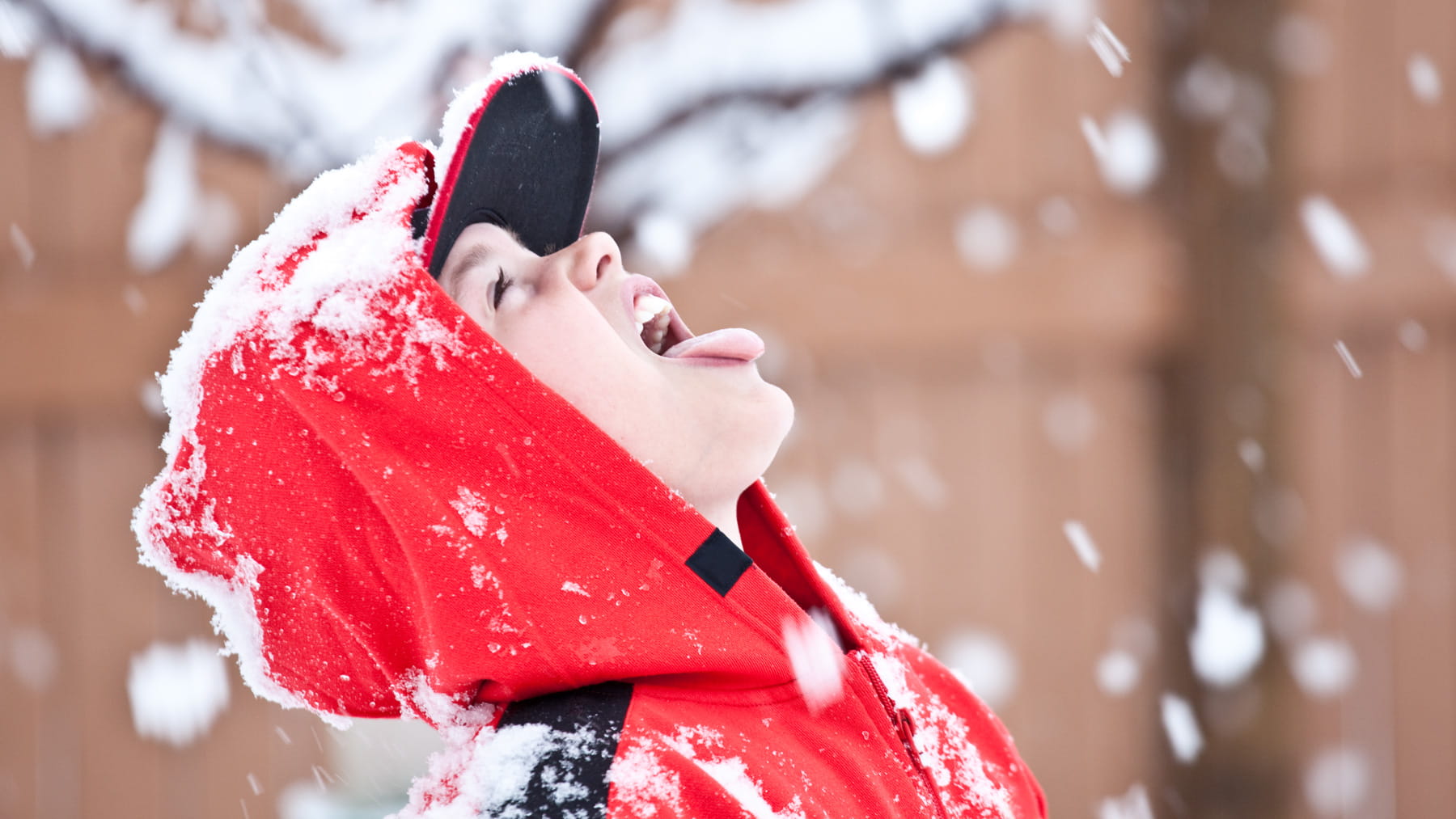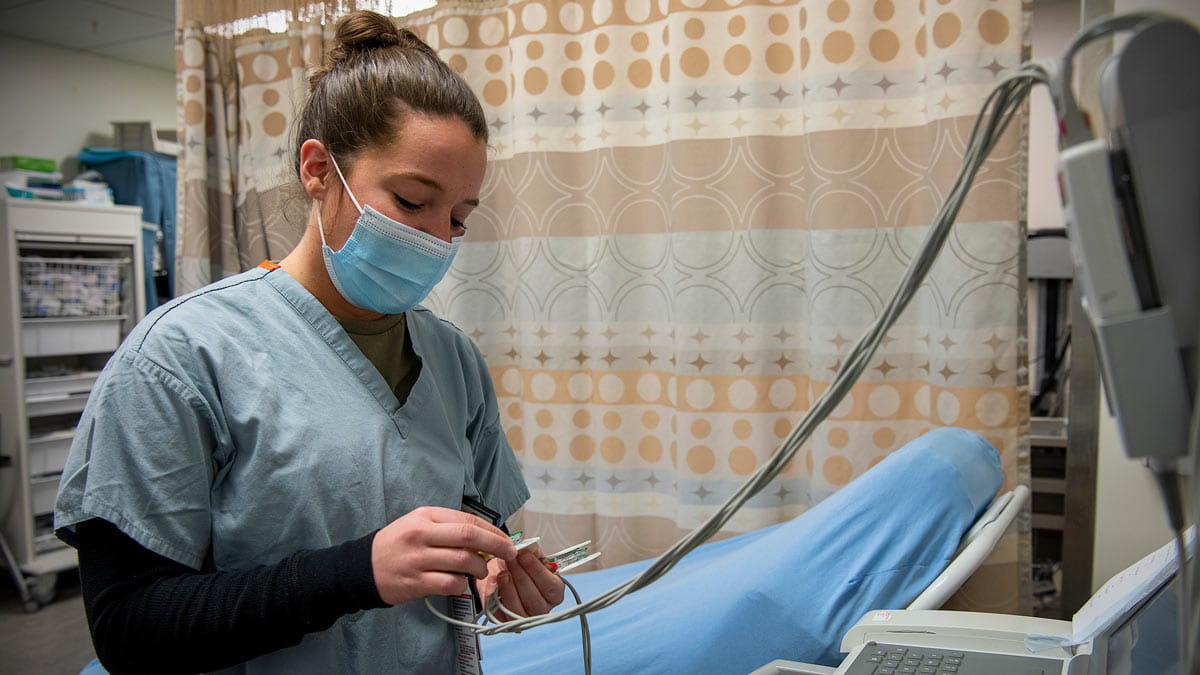Is it safe to eat snow?

We all know enough not to eat the yellow snow. But what about the puffy, white stuff that gently falls from the skies this time of year?
Is it safe to eat?
Probably, but the quality of snow depends on the amount and type of contaminants that are likely present. Snow comes from the atmosphere, and we know that the atmosphere isn’t pure. Let’s look at some of the things that can contaminate the air, which in the right quantity might make you think twice about munching on snowflakes.
First we know that what goes up can come down. Emission products, including air contaminants from various ground-level sources, tend to be warm and as they rise they cool and disperse. Gaseous chemicals can passively diffuse and blow with the wind. They don’t stay localized due to dispersal over a wide geographic areas.
For example, transportation vehicles, such as planes, trains and automobiles, are ever present and serve as common mobile sources of combustion products. The contaminants emitted in the exhaust from these sources tend to rise in the atmosphere and if it snows, they can come back down to the ground in the snow.
Emissions from heating, natural fires, industrial processes and various types of stacks can contain potentially toxic chemical contaminants. One example is acid rain – rainfall that’s made sufficiently acidic by atmospheric pollution that it causes environmental harm, typically to forests and lakes and the surrounding ecology. The main cause is the industrial burning of coal and other fossil fuels that produce oxides of nitrogen, sulfur and some of the combustion products. The oxides of nitrogen and sulfur combine with atmospheric water to form nitric and sulfuric acids, and because snow is frozen water it can carry these acids back to earth.
So there really is no pure air or pure water, pure rainwater or pure snow. You hope for air quality that's acceptable presents a low hazard potential to humans, animals and plants and related risk for disease. The main way atmospheric air is cleaned is through dispersion and dilution as well as via precipitation. As rain and snow fall from the upper atmosphere and clouds, air contaminants, both gaseous and particulate, are absorbed and intercepted, and they return to earth via the snow and the rain.
So back to the original question: Is it safe to eat snow? It depends on the types and levels of contaminants in the air, and, eventually in the snow. You can expect the quality of air and, in turn, snow to vary based on geographic location. An urban industrial area will very likely have more contaminants in the snow than a rural non-industrial area.
Contaminants can show up in other ways. Fresh snow, versus snow that’s been sitting around for a while, can be less contaminated. Snow that’s near salt trucks can appear dirty, and obviously, the dirtier snow looks, the more contaminants are present.
It’s also important to remember that the presence of contaminants in air, soil, food, water or even snow does not necessarily mean high exposure hazards and associated risks of disease. This depends on the types of contaminants, the concentrations of them, and the amount or duration of exposure.
Accordingly, the typical childhood experience of munching on a handful of snow is relatively harmless. In most cases it would be more harmful to drink water directly from most lakes or rivers, and even that depends on several factors.
Michael Bisesi is a senior associate dean and professor of Environmental Health Sciences at The Ohio State University College of Public Health. He has a broad portfolio of work experiences in environmental and occupational health, including serving a term as a senior scientist for the Centers for Disease Control National Institute for Occupational Safety and Health.




